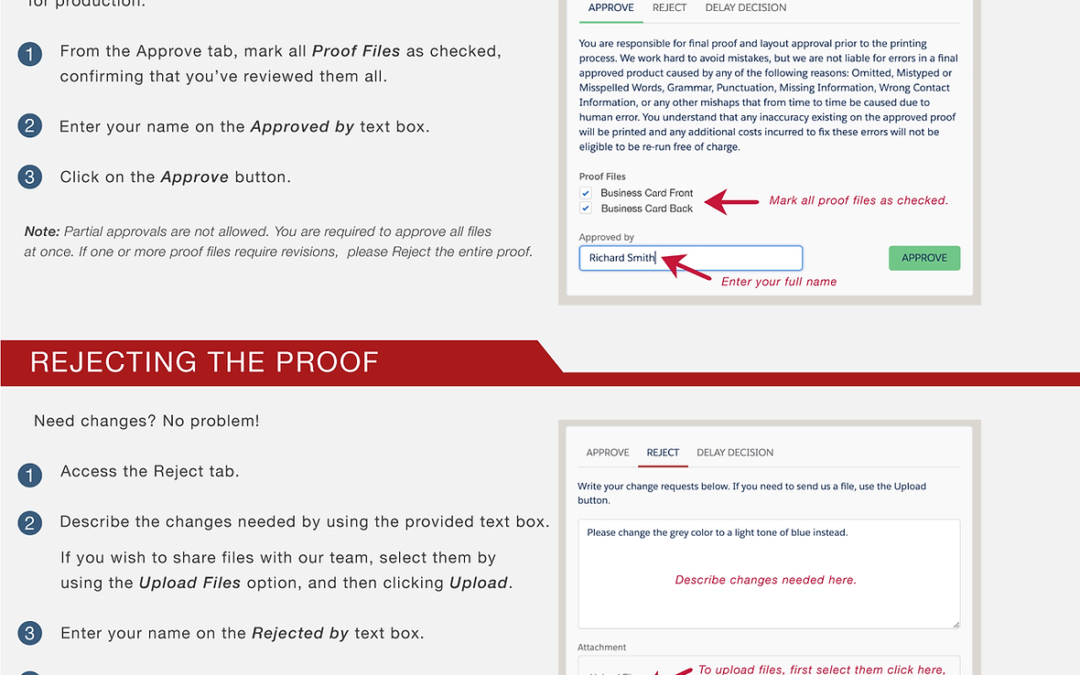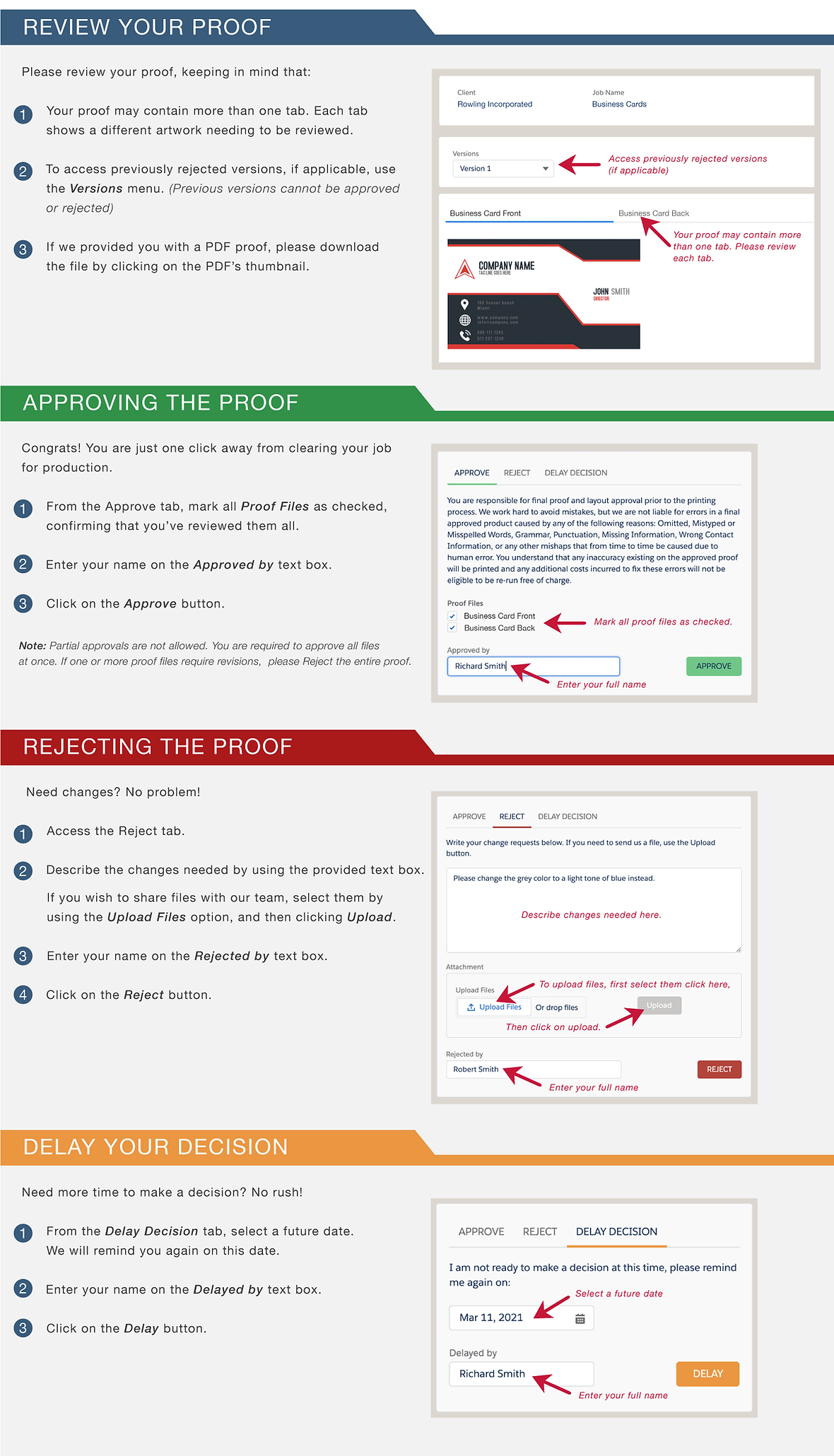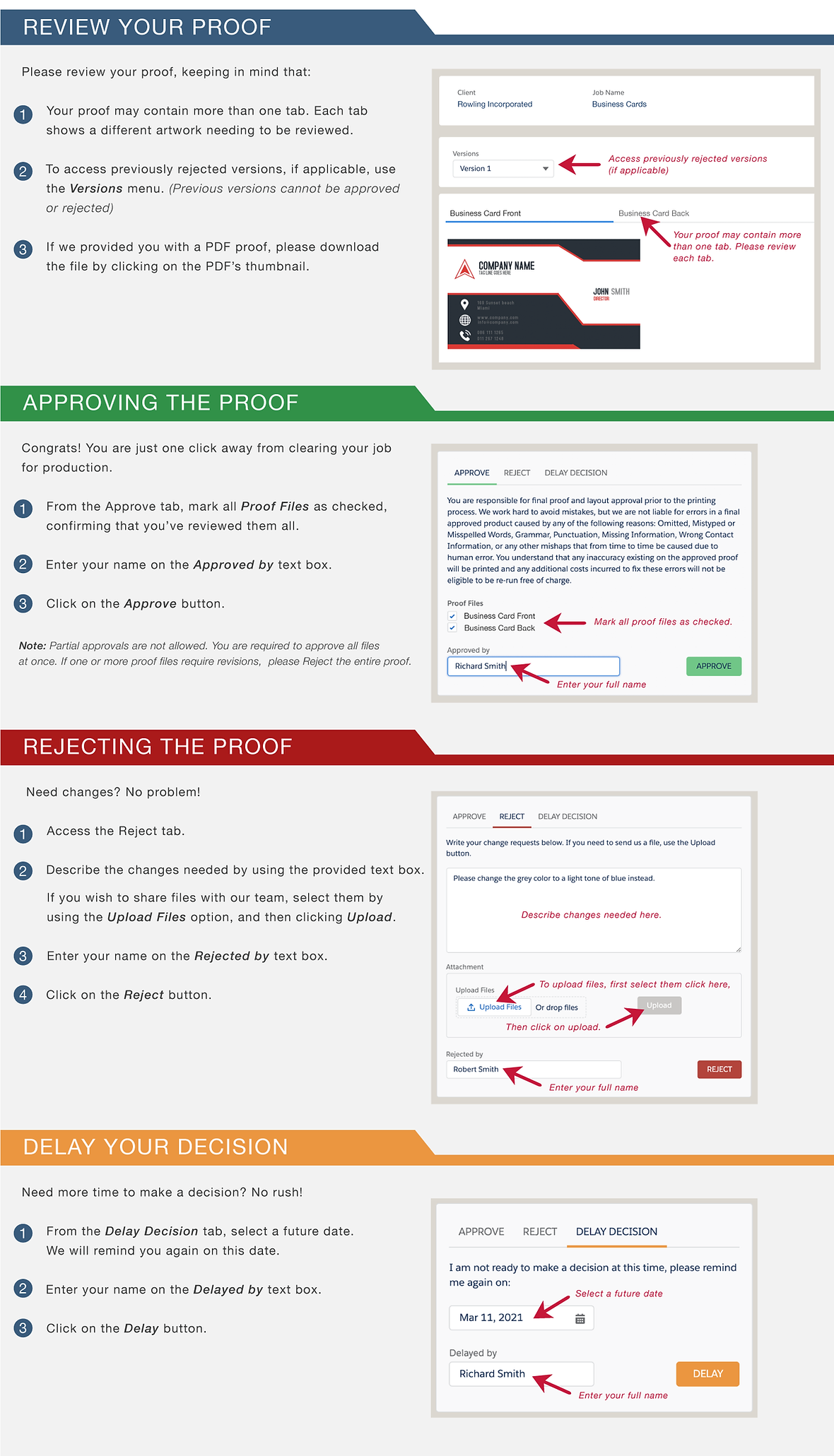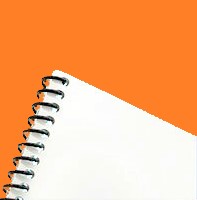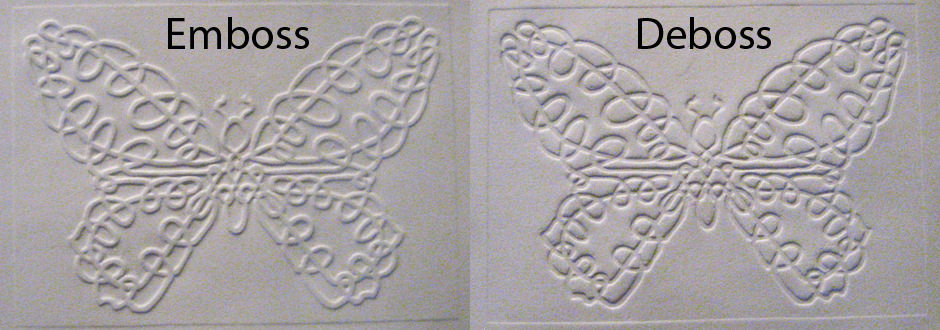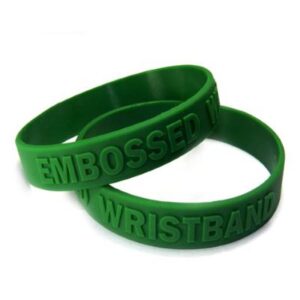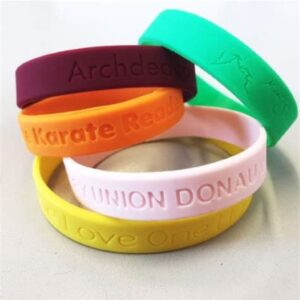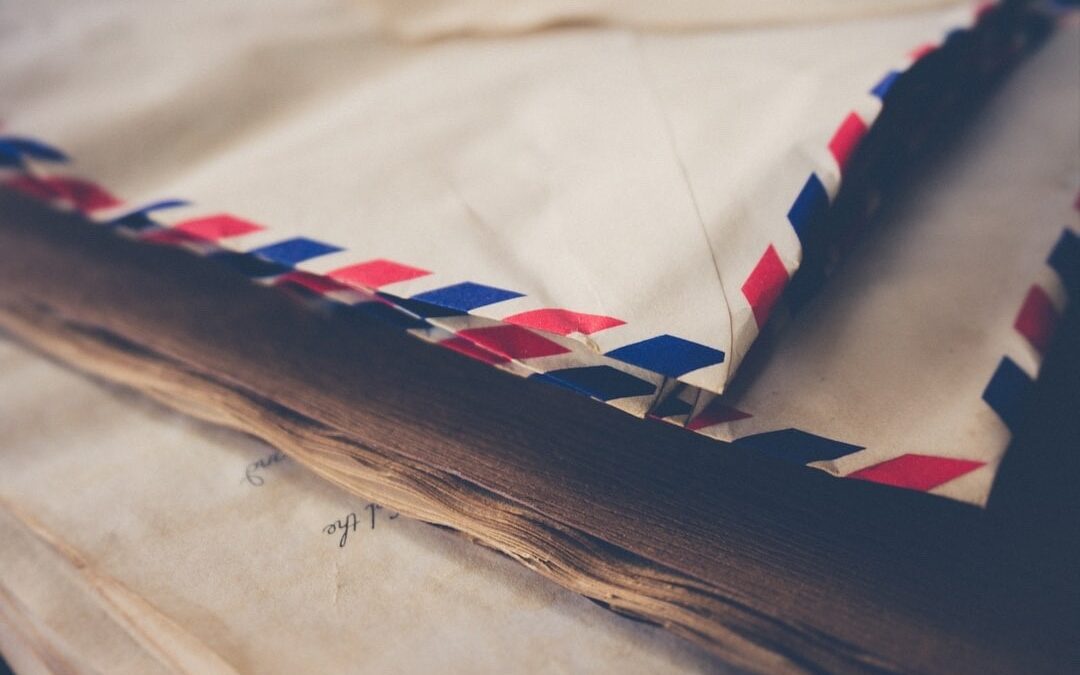Did you know that over 16,000 cars see your car on average, per day? Imagine if you had vehicle graphics or car magnets on your car to promote your business. That is over 16,000 pairs of eyes seeing your business, all by just driving to work, or grabbing a cup of coffee. Talk about a great investment! Not everyone is always ready to make the leap to full car graphics. While car graphics help protect your car for the most part, they can be an investment and not meant to be removed for a few years. If you want a way to promote your business or product on the road only at certain times, or change your offer seasonally, car magnets are the way to go!
3 reasons to switch to car magnets today:
They are transferable:
If you are constantly switching cars or have only certain hours or locations you want to advertise, car magnets are perfect. You can remove them as needed depending on the commute or hours that you are driving. This is great for a small family business where different cars are used at different times. You often see these used by real estate agents or individual house keepers who use their car for both personal and professional uses.
They last for a long time:
Car magnets usually last for a few years, if not longer. Similar to full or partial vehicle graphics, car magnets usually last a few years. This means that if you have information that rarely changes, such as email, phone number and other contact information, car magnets are a great solution! You can use them time and time again, without having to worry about wear and tear or replacing them after just a few uses.
They are interchangeable:
Do you have a seasonal special you like to promote or certain items you like to bring awareness to depending on weather or time of year? Car magnets are a great way to do this! They allow for you to change out your offerings with a quick change of the magnet! This is also a great way to attract employees and increase overall brand recognition.
Car magnets are a low cost way to promote your brand, special offers, and overall brand visibility. With the number of drivers on the road today, it is easier than ever before to get the word out about your brand and product offerings. Contact us today, we would love to help!
